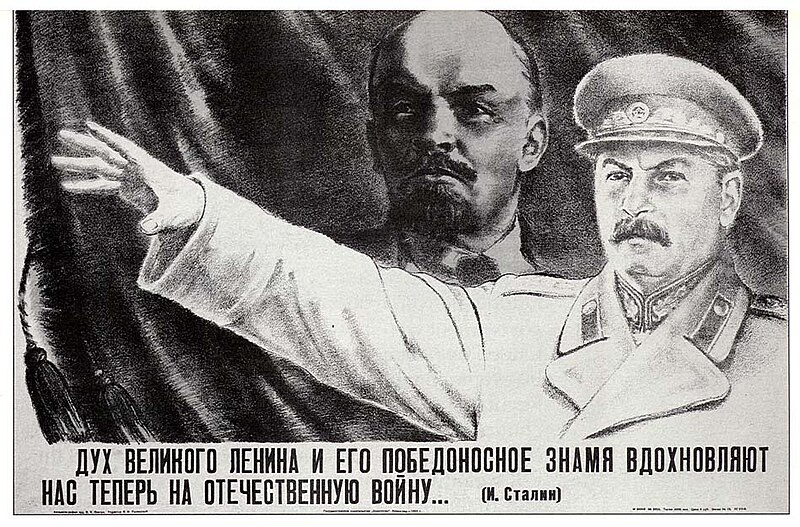During Soviet occupation, Estonian government officials were executed or deported to remote areas, and ordinary people were also deported to Siberia and were forced to work there. In 1941, Germany occupied Estonia, but there was no difference between German troops and Soviet troops. Estonians were still suffering. The worst thing was that in 1944, the Soviet Union reconquered Estonia. This time, more people were sent to Soviet labor camps, and thousands people were killed. Citizens of the Soviet Union moved in, which was a great challenge to Estonian culture.
But what the Soviet Union did to Estonia during the occupation did not kill their culture. One reason was that Estonians never stopped singing their songs. Being a small country, the amount of folk songs in Estonia is the largest in the world. Estonians love singing. They does not only have songs, they have a unique song festival (Laulupidu). Usually in the festival, 30 thousand singers on the stage, and over 80 thousand audience. When more than 30 thousand people sing the same song together, whatever they sing would be powerful.
In the documentary the Singing Revolution, many Estonians said that while singing together, they realized that the spirit of Estonia was still there, the culture of Estonia was not killed, and they were still a nation. Their lives changed so much after the occupation: they were forced to speak Russian, their national flags were banned, their home and land were taken, their families were torn apart, and people were killed all the time. The only thing that they could do was singing.
Luckily, they still have the Laulupidu during the occupation. Although they were asked to sing soviet songs, composer Gustav Ernesaks introduced a Estonian song at the Laulupidu in 1947 -- "Land of my father, land that I love". The lyric of this song was taken from a traditional Estonian poem, but miraculously, this song was not banned by the Soviet. Over 30 thousands people sang this song together at the Laulupidu in 1947. This song provided an opportunity for the Estonians to sing their love for their own countries.
English version (non-literal):
My Fatherland is My Love,
to whom I´ve given My Heart.
To You I sing, my greatest happiness,
My flowering Estonia!
Your pain boils in My Heart,
Your Pride and Joy makes me happy,
My Fatherland, My Fatherland!
My Fatherland is My Love,
I shall never leave Him,
even if I must die hundred deaths
because of Him!
Does the foreign envy slander,
You still live in my Heart,
My Fatherland, My Fatherland!
My Fatherland is My Love,
and I want to rest,
to lay down into Your Arms,
My sacred Estonia!
Your Birds will sing Sleep to Me,
flowers will bloom from My Ashes,
My Fatherland, My Fatherland!
In 1985, Gorbachev became the leader of the Soviet Union, and his new policies called perestroika (political and economic restruction)and glasnost (free speech) provided opportunities for the Estonians to assert their independence. The Estonians started to test the new policies. At first they tried to protest mining and succeeded. Then they started to talk about the Soviet Union and their history facts publicly. At the summer festival, people even brought the national flag of Estonia, which was impossible before. More and more social and political organization were established and it was at the Lalupidu one year that different groups stood together to talk about their opinions. The two policies also led to the dissolution of the Soviet Union, which also helped build the Estonians a road to the real independence. The Estonians also started to think about the Molotov-Ribbentrop Pact. It was signed secretly, so the Estonians declared that the pact was illegal, which means that the Soviet occupation was also illegal, thus it is natural for Estonia to be a independent nation.
Finally, Estonians earned their freedom. It was just like a miracle, because the revolution was no involved with violence and military. It was all about singing, and the deepest love that the Estonians have in those years of horror, and I believe that this is a revolution that could only happen in Estonia.


.jpg/800px-XXV_laulupidu_(3).jpg)


